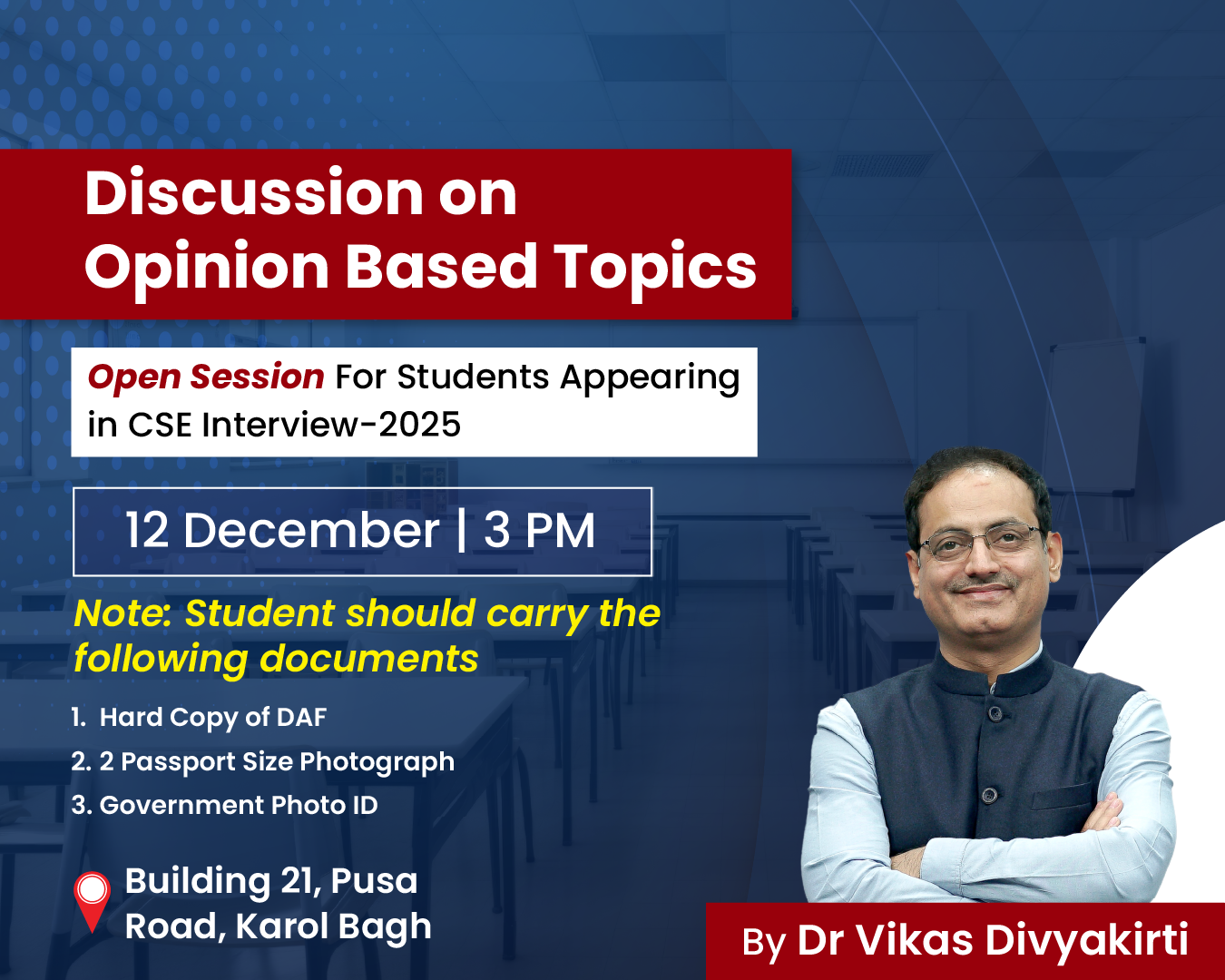-
19 Jun 2025
GS Paper 1
Indian Society
Day 4: "The Indian republic had to be imagined in fragments before it could be consolidated as a whole." Elucidate with reference to integration, reorganization, and post-colonial challenges. (250 words)
Approach :
- Briefly introduce the diverse and fragmented nature of the Indian subcontinent in 1947
- Briefly explain the political integration of Princely States.
- Describe the Linguistic Reorganization of States.
- Highlight the Post-Colonial challenges.
- Conclude with a scholarly remark.
Introduction
The birth of the Indian Republic in 1947 inherited a deeply fragmented political, territorial, and social landscape. The departure of the British left behind over 562 princely states, diverse linguistic and ethnic communities, and the horrors of Partition. Thus, the Indian republic had to be imagined in fragments, through deliberate efforts of political integration, administrative reorganization, and institutional consolidation.
Body :
Political Integration of Princely States
- One of the most pressing challenges was to integrate the princely states, which constituted over 40% of India’s territory. The British had given them the option to accede to India or Pakistan or remain independent.
- Sardar Vallabhbhai Patel and V.P. Menon spearheaded the integration process using a mix of diplomacy, negotiation, and, when necessary, coercion.
- States like Travancore, Bhopal, and Hyderabad initially resisted accession. Hyderabad was integrated after Operation Polo (1948), a police action that brought the Nizam's state under Indian control.
- Junagadh was annexed after a plebiscite showed overwhelming support for India, and Kashmir’s accession involved complex legal and political consequences, laying the foundation for future conflict.
Linguistic Reorganization of States
- Post-independence India was also divided along linguistic and cultural lines. Initially, the Congress leadership, including Nehru, was wary of linguistic states fearing separatism. However, popular pressure led to significant changes.
- The death of Potti Sriramulu after a hunger strike for a separate Telugu-speaking state resulted in the creation of Andhra Pradesh in 1953.
- This triggered a demand for other linguistic states, culminating in the formation of the States Reorganization Commission (SRC) in 1953, which led to the States Reorganisation Act, 1956.
- States like Maharashtra, Gujarat, Kerala, Karnataka, and Tamil Nadu emerged from this process.
- This linguistic reorganization allowed regional identities to coexist within the larger Indian nation, preventing alienation and discontent.
Post-Colonial Challenge
- The Indian state also had to navigate multiple post-colonial challenges in the form of institutional vacuum, communal tensions, mass displacement, and identity-based insurgencies.
- The Partition of 1947 led to the death of nearly a million people and the displacement of over 15 million, creating a humanitarian and governance crisis.
- India had to draft a Constitution from scratch with its commitment to sovereign, socialist, secular, and democratic values under the framework for unity in diversity.
- The First General Elections (1951-52) introduced universal adult suffrage, making India the largest democracy in the world despite widespread poverty and illiteracy.
- Regional unrest, like the Naga insurgency (1950s), Punjabi Suba Movement, and later the Khalistan movement in Punjab, required the republic to engage in both negotiation and enforcement to preserve national unity.
Conclusion:
As political theorist Partha Chatterjee aptly remarked, “The Indian nation had to be constantly imagined, negotiated, and reimagined.” The success of Indian democracy lies in its ability to accommodate fragmentation through federalism, pluralism, and democratic dialogue, proving that consolidation is not the absence of diversity but its successful management.





